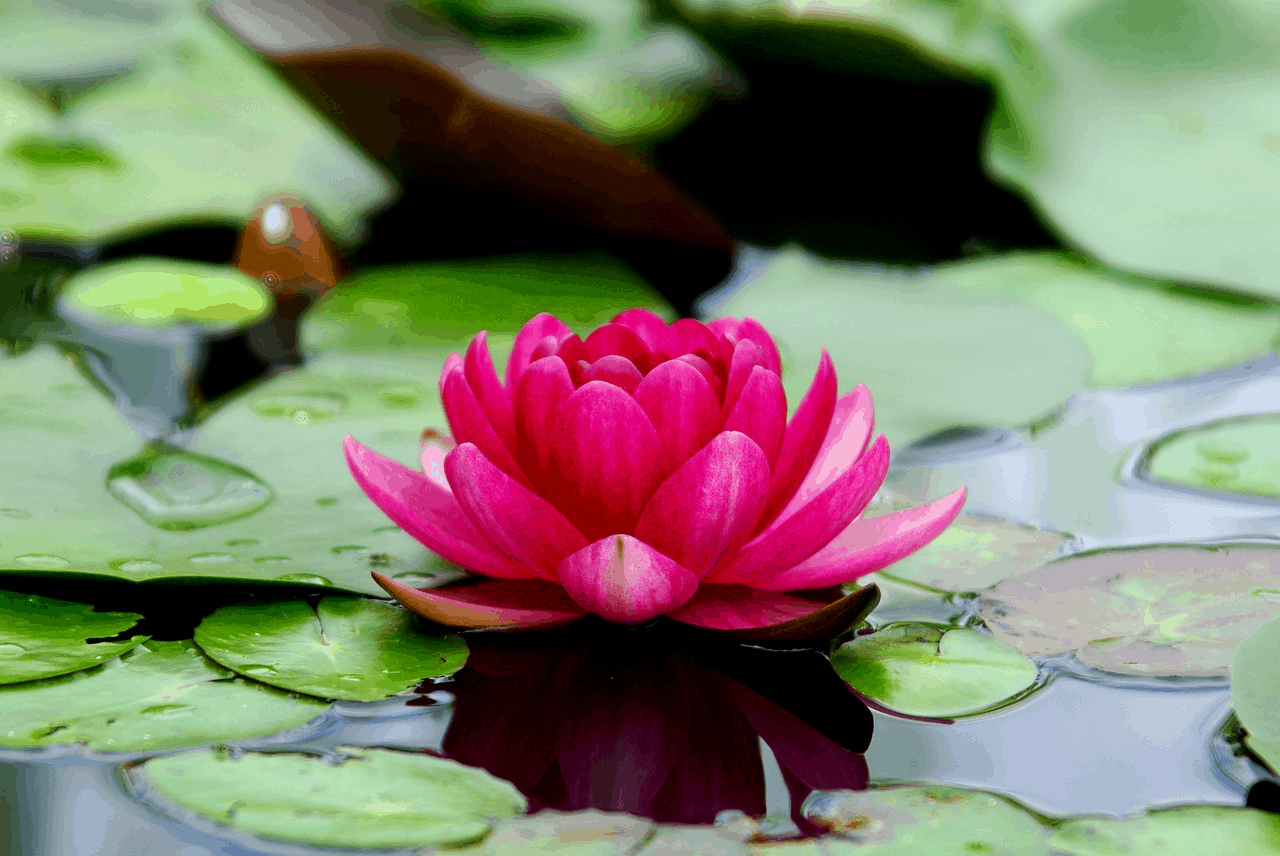Modern heritage: The Lotus temple- Poetry in concrete and marble
“This architectural wonder looks like an enormous lotus blossom, reminiscent of the Sydney Opera House.”
-John Hopkins.

It’s been an amazing few months going through the architectural history of the city of Delhi, diving into the depths of the historical Delhi architecture- from Rajputana structures to Indo-Islamic architectural tradition, and from the Mughal style of architecture to the Colonial era, and finally to the modern, post-Independence architecture of the capital city. We have seen how the new crop of architects developed a unique Indian architectural style that’s a wonderful mix of modernism and the traditional. Our posts have described buildings that are unique and path-breaking, many started new trends to give the city a new face. This time we have chosen a unique structure that is one of its kind and is considered one of the most visited buildings in the world.
The Lotus temple: Unifying humankind
Lotus temple, or Bahai House of Worship or Bahai Mashriqu’l, offers a new way of meditating and praying. It allows people from all religions, caste, creed, and gender to be together, chant and read their own scriptures, and find inner peace in a divine setting. The Bahai faith even allows you to perform several activities like classes for children, junior youth classes, devotional meetings, and study circles. However, no ritualistic ceremonies are allowed nor anyone can deliver sermons.
Inspired by lotus: India’s national flower

The design of the Lotus temple is inspired by the lotus flower that is revered by many religions including Hinduism and Buddhism. It is of course India’s national flower as well. However, designing the temple in a lotus shape was simpler than working out its structure. In fact, there is an interesting anecdote about it (of course, we cannot vouch for its veracity). It goes like this: The lotus form designed by the architect Sahba was instantly liked by one and all, however, the structural engineers were not able to crack the puzzle of this complex form despite their best efforts. Time was just passing by and Sahba was getting desperate. He even contemplated going back to his native country Iran leaving the job unfinished. This made him very unhappy. One day, he was going to Chandigarh by train when a co-passenger, a crude Sikh, started a casual conversation. He found Sahba sad and disinterested and asked him the reason. Sahba told him the whole story on his insistence. The man smiled. He requested Sahba to provide him all the drawings and said he would prepare the structure in three months. Despite not believing him, the architect sent him the drawings, and that man called him after exactly three months and asked him to come over. Sahba was amazed that the structure of the lotus temple was made in timber by that man, a carpenter. The same design was later replicated in reinforced concrete! Amazing, isn’t it?
A much sought-after tourist destination
According to estimates, the Lotus temple has so far been visited by nearly 150 million pilgrims and tourists from around the world, more than ten thousand people are attracted by this modern wonder every day. Let us have a look at some main features that make it so appealing.
- Designed by the Iranian architect Fariborz Sahba; structural design by English company Flint & Neil Cowi; executed by ECC Construction Group.
- Opened in December 1986.
- Bahai scripture makes it mandatory for their houses of worship to have a nine-sided circular shape. Based on this, the Lotus temple constitutes twenty-seven white marble-clad concrete leaves in clusters of three leaves each, thus making nine sides.
- The leaves are of three types: The nine entrance leaves mark the nine sides with nine entries to the central prayer hall. Outer leaves form the roof of the ancillary spaces while the nine inner leaves form the worship space.
- These leaves approach each other giving the fascinating shape to the structure, but do not meet at the top.
- The prayer hall is covered by a precast concrete ribbed roof capped with a glass and steel skylight. This lets in plenty of natural light, making a building sustainable.
- The concrete petals clad with white marble are free-standing. This marble was imported from Mount Penteli in Italy. The same marble has been used in many historical monuments, like Parthenon, and also all other Bahai Houses of Worship.
- Lotus temple is 70m in diameter and has a height of 34.27m.
- Openings in the basement and at the top of the structure draw air in and circulate through the building keeping it cool even during the summer months.
- The temple is fitted with solar panels that provide more than 20% of its electricity requirements, saving the management huge sums of money.
- The prayer hall has a 1200 seating capacity and can accommodate 2500 persons overall.
- The nine sides of the temple are flanked by nine gardens and water ponds. These add to the beauty of the complex and keep the surroundings cooler.
- Lotus temple complex is spread over an area of 26 acres.
- The temple complex also houses a library and an archive for Bahai literature and articles.
Remarkable poetry and stone and concrete, the Lotus temple remains one of the most sought[-after tourist attractions of the city of Delhi. Do share with us your experiences of the place, about the things you liked the most. We are getting closer to ending this series on the post-Independence Delhi buildings. Let us know if you want to know more about any particular buildings and we shall share with you the intricate details and the stories behind that one.
 About the author
About the author
Sandeep Singh is an architect from IIT Roorkee. He is a prolific writer and a sensitive poet. His professional posts mostly cover the future in Architecture. His books are chiefly devoted to the inner and outer battles that a disabled person in India faces every day. His poems mostly reflect his inner world. He also works with the “Safe in India Foundation”, a social change initiative that strives to bring qualitative change to the lives of the Indian worker’s community
